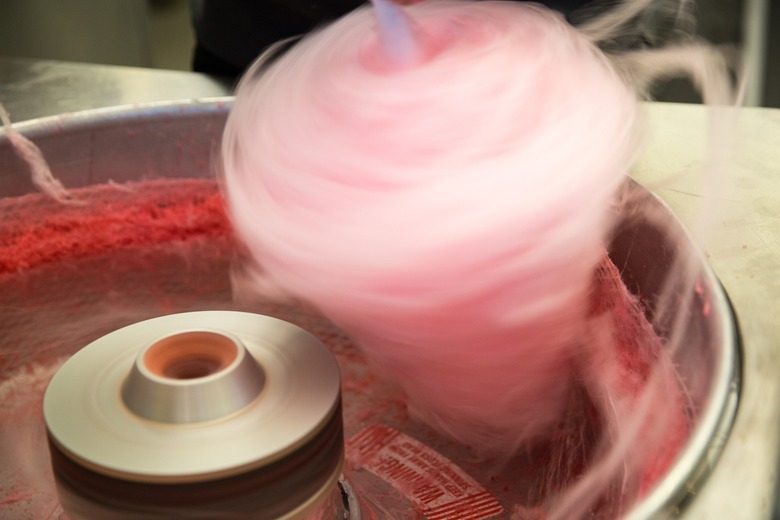Cotton Candy Was Invented By A Dentist
Often found at fairgrounds, carnivals, and circuses, sold on sticks and enjoyed by many, the sticky clouds of brightly colored spun sugar that make up cotton candy are familiar to all. The wispy puffs always start out fun, but quickly dissolve into a sticky mess that seems to target the faces of children. But when, where and how did such a creation ever come into being? Who first thought to transform sugar into such am amusing form? And who thought eating pure sugar was really such a good idea? The answer may surprise you!
The idea of spun sugar is not a new one. In fact, many believe that it has been around since the fifteenth century, in Italy, where chefs labored over vats of melting sugar and spun it by hand using a fork-and-broom-handle technique that is still used today to create striking nests of cloud-like caramel to top impressive desserts like croquembouche.
William James Morrison, a dentist and inventor from Nashville, Tennessee, is widely credited with the invention of the first cotton candy machine — a device that cut out much of the manual labor previously associated with spun sugar. In 1897 he and his friend, confectioner John C. Wharton, worked together to produce a machine (which they called the "electric candy machine") that melted sugar in a spinning central chamber and then used air to force the melted sugar through a wire screen into the surrounding metal bowl to produce the gauzy , spider-webby sweet that we now know so well.
The machine and the candy it produced (called Fairy Floss at the time) was first introduced to America at the seven-month-long St. Louis World's Fair in 1904, where the confection was sold in boxes for 25 cents apiece. The product was wonderfully well received, and Morrison and Wharton sold a total of 65,655 boxes! That's a whole lot of candy floss, and from an incredibly unlikely source — it makes one wonder about who invented M&M's and other iconic candies.
